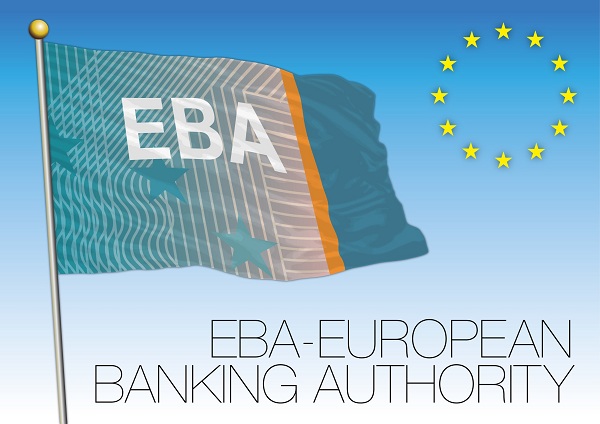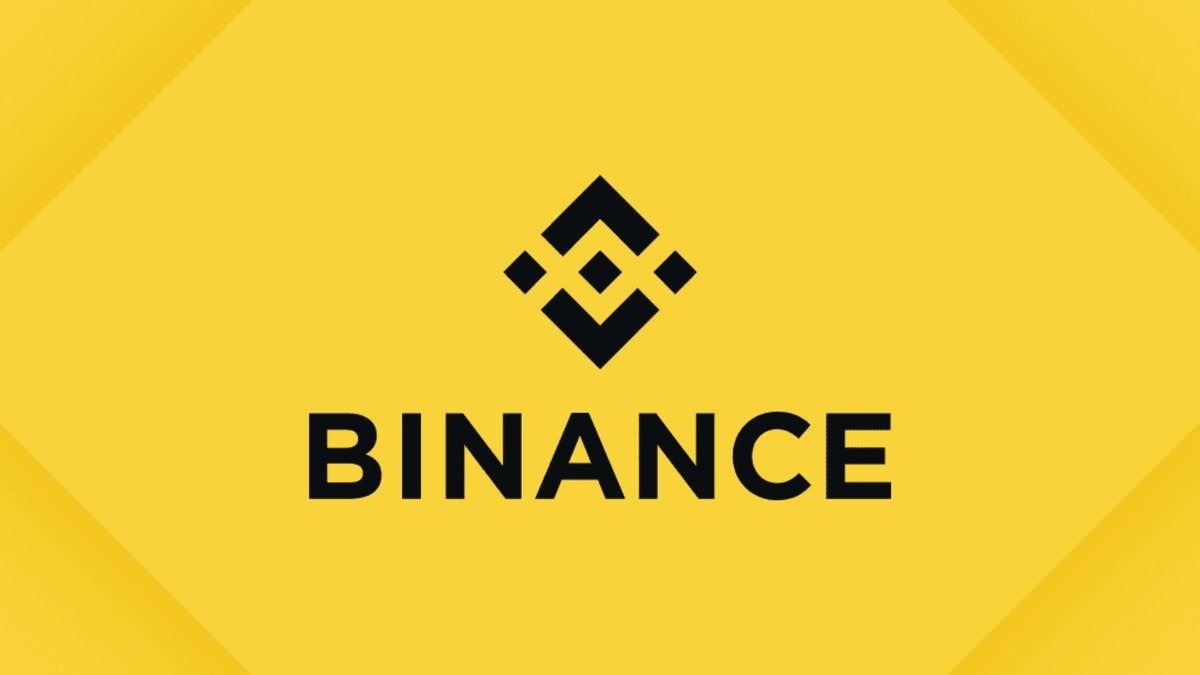EU banking watchdog strengthens AML measures against cryptocurrency companies


- EBA extends AML guidance to CASPs to address ML/TF risks in cryptocurrency transactions.
- The guidance urges the use of blockchain analytics by providing risk factors and mitigation measures.
- The interconnected financial sector needs guidance for institutions dealing with CASPs.
In a significant step to combat financial crime, the European Banking Authority (EBA) has expanded its guidance on money laundering (ML) and terrorist financing (TF) risk factors to cover cryptocurrency asset service providers (CASPs).
The new directive, which comes into effect on December 30, 2024, aims to harmonize anti-money laundering (AML) and counter-terrorist financing (CFT) efforts across the European Union (EU).
EBA Guidelines for Cryptocurrency Service Providers
The EBA’s latest guidance highlights the increased risks associated with cryptocurrency trading and highlights the potential for abuse in terms of money laundering and terrorist financing. CASPs involved in the transfer of cryptocurrency assets face high risk due to factors such as transaction speed and the ability to conceal user identities.
To address these risks, the EBA guidance provides a comprehensive list of risk factors to guide CASPs in identifying vulnerabilities in their customer base, products, delivery channels, and geographic locations.
To effectively manage these risks, CASPs are encouraged to adopt mitigation measures, including the use of blockchain analytics tools. Recognizing the interconnected nature of the financial sector, the EBA’s approach extends its guidance to other credit and financial institutions that use CASPs as customers or have exposure to cryptocurrency assets. This additional layer of oversight is especially important when working with unlicensed crypto asset service providers.
The EU’s broad regulatory framework
The EBA’s extension of the ML/TF Risk Factors Directive is consistent with the EU’s broader regulatory framework and emphasizes a risk-based approach to AML/CFT. The regulatory environment includes the Markets in Cryptocurrency Assets (MiCA) legislation, the Financial Action Task Force (FATF) Recommendations, and directives such as (EU) 2015/849 and (EU) 2023/1113.
The guidelines require competent authorities to report compliance within two months of publication of a translation in an official EU language. These initiatives reflect the EU’s commitment to addressing money laundering and terrorist financing risks in the cryptocurrency sector and ensuring compliance with international standards.
Source: https://coinjournal.net/news/eu-banking-watchdog-strengthens-aml-measures-for-crypto-firms/



